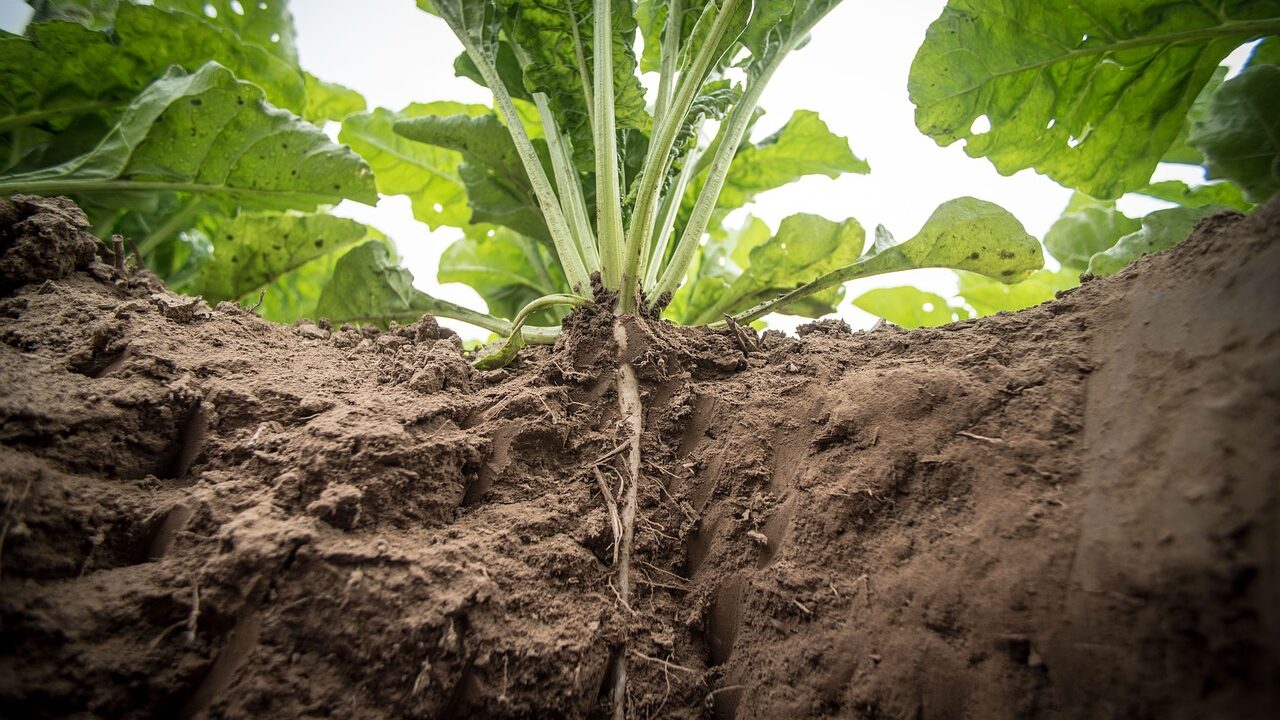NFU Sugar and British Sugar have being given the go-ahead for the one-time use of Coragen (Chlorantraniliprole) insecticide for beet moth control (Scrobipalpa ocellatella).
According to the National Farmers Union (NFU) , the authorisation will allow farmers apply one application of the insecticide between July 4 and September 30.
Farmers will be permitted to spray the product at 0.125L/ha, providing it is applied at least 21 days prior to harvest.
Farmers will need to maintain a minimum of 5m from any water course and are advised to carry out a local environment risk assessment for pesticides (LERAP) before spraying.
If using the insecticide, farmers must record the date and location of treatment as well as how many hectares have been treated and the percentage of the crop affected by beet moth.
Anyone who use’s the emergency protection will not be allowed to have cattle graze off the treated sugar beat.
The NFU have said British Sugar will contact all growers after the closing date for application to collect the required information.
Treatment
Though beet moth normally thrives in warm climates such as Mediterranean areas or Asia, this year’s warm temperatures across the UK has led to more common instances of beet moth.
However, hotter and drier conditions in the UK have supported increased reproduction and spread of beet moth populations in recent years.
Increased numbers have already been trapped/detected this year, and populations may continue to migrate, dependent upon weather conditions, until October.
The drought stress conditions have put stress on this year’s crop at risk of infestation from the moths. As the beet’s crowns are more exposed, it allows the moths to more easily lay their eggs and the resulting caterpillars to dig into the crop.
Because of this, the NFU are advising farmers to carry out treatment for beet moth at egg hatch before the pests can damage the root.
Farmers should be treating beet moth using a boom sprayer, applying the chemical with water volumes of 300-800L/ha to penetrate the canopy of the leaf.
The best time to spray is early morning or late evening when there is little wind, and the temperature is cool.
However, farmers severely affected by drought may not be able to spray at all.

